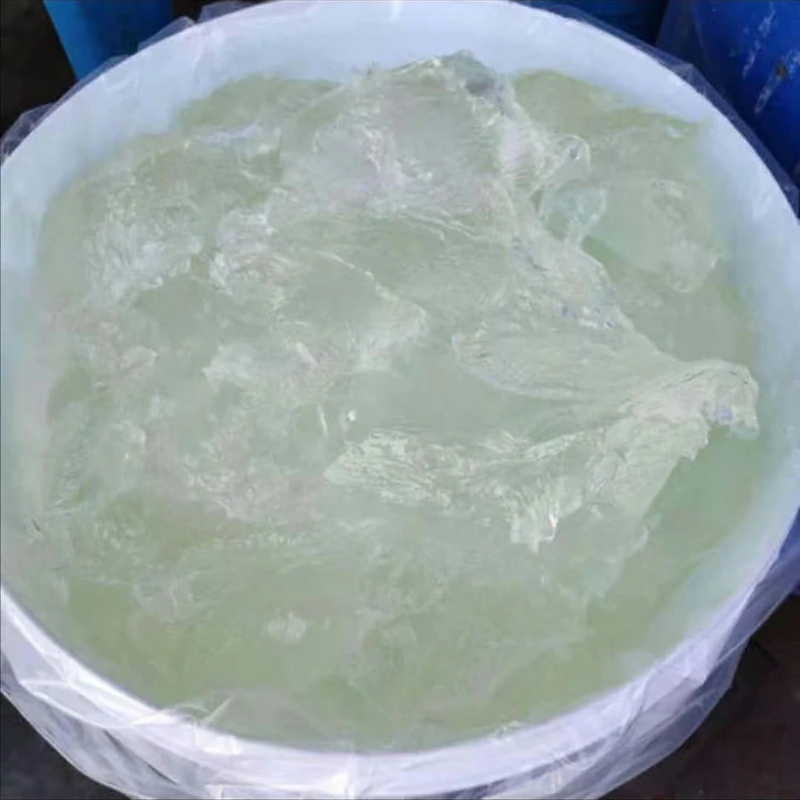First, the structure of AES
AES is the abbreviation of anionic surfactant sodium fatty alcohol ethoxylate sulfate. It is a modified product made from nonionic surfactant fatty alcohol ethoxylates (AEO) sulfated by sulfating agent and then neutralized by alkaline neutralizer. Its molecular structure has oxyethylene groups and sulfated groups, and it has the properties of both nonionic and anionic surfactants. It has strong wetting, dispersing, emulsifying and decontaminating power; very good resistance to hard water and biodegradability; rich foaming power, low irritation to skin, mild use, transparent and stable solution. Translated with www.DeepL.com/Translator (free version)
Name: Sodium fatty alcohol polyoxyethylene ether sulfate
Molecular formula:RO(CH2CH2O)n-SO3Na (n=2 or 3, R is 12~15 alkyl)

II. Preparation of AES
Fatty alcohol polyoxyethylene ether sulfate (AES) is a class of anionic surfactants obtained by sulfating and neutralizing SO3 with fatty alcohol polyoxyethylene ether (AEO) as raw material.
AES is prepared in two steps: sulfation and neutralization
2.1 Sulfation
2.1.1 Reaction mechanism
The reaction mechanism of AEO and SO3 sulfation may be that AEO reacts with 2 molecules of SO3 to form an unstable intermediate, which in turn reacts with AEO molecules to form fatty alcohol polyoxyethylene ether sulfate
Typical sulfation conditions for AEO are: SO3 inlet gas temperature of about 45°C, sulfonator circulating cooling water temperature of 30 to 35°C, SO3/AEO molar ratio of 1.01 to 1.02, SO3 gas concentration of 2.5 to 3.5%. 2.2 Neutralization of fatty alcohol polyoxyethylene ether sulfate is unstable, and prolonged placement will make the product decompose and deepen in color, so it needs to be neutralized immediately to prevent decomposition and dioxin The neutralization temperature should be 45℃~50℃ to prevent the decomposition of the neutralized product by acid return.
Third, the main use
AES is mainly used in daily chemical detergents: such as industrial detergents, household detergents, bath detergents, shampoos, tableware detergents and cosmetic emulsifiers, as well as textile, machinery, petroleum, construction, soap and other industrial special chemicals, the use is very wide.
*Disclaimer: The content contained in this article comes from the Internet, WeChat public numbers and other public channels, and we maintain a neutral attitude toward the views expressed in the article. This article is for reference and exchange only. The copyright of the reproduced manuscript belongs to the original author and the institution, and if there is any infringementPlease contact Jetson Chemical for deletion
